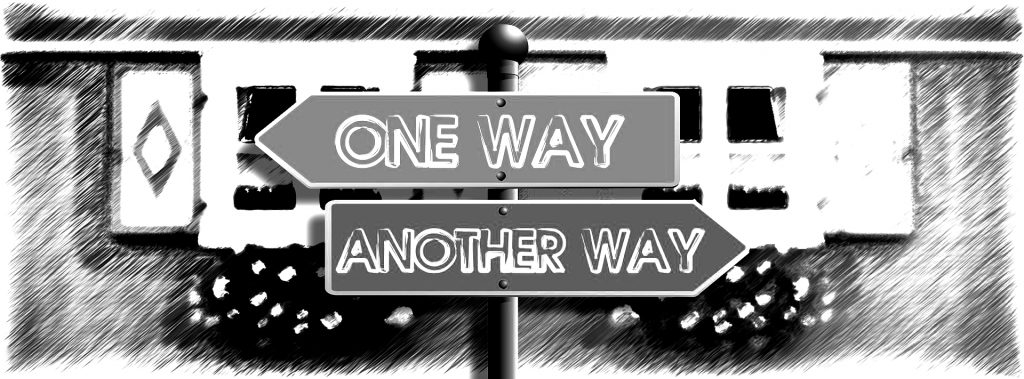Six Benefits of Practicing Medicine in Rural America
Living in a small town may not be the initial desire of every physician looking to make a change in practice, but once hearing about the advantages, many physicians end up making the switch. Sure, your choice of exciting nightlife and fine Italian dining might be limited, but there are some incredible positives that may outweigh those negatives. Here are our top six reasons to consider a rural practice:
More Time for Family and Fun – Can you imagine a 10 minute commute without traffic? Rural physicians can! They are able to drive home to a place on the outside of town with several acres and beautiful views. They can spend more time with their family, because they do not have to factor in a lengthy drive. Being home in time for dinner and making it to their kids’ afterschool activities becomes a regular way of life. Additionally, the cost of real estate tends to be much lower, so the quality and size of their home cannot be compared to anything you would see for a similar price in an urban market. Childcare, property taxes, and even restaurants tend to be less expensive as well. More Volume = More Income – The starting salary and income potential for a physician tends to be higher in rural markets.[1] There is less competition in these markets, so physicians have the opportunity to see higher volumes in their practices. The 2016 MGMA survey shows that the national median annual encounters for a Family Practitioner is 16, which is tied to an income of $230,456.13.[2] However, an average Family Practitioner in a rural, outpatient setting can expect to see 25 patients or more. This type of volume would put them in the 90th percentile of earners with a resulting income of $403,541.26. When practicing in a rural market, physicians have the opportunity to consistently reach that 25 patients-per-day mark and ultimately, make more money. Maintain a Varied Skill Set – If you have an interest in performing a variety of procedures, then rural might be the way to go. By joining a hospital staff without all of the subspecialists you would find in an urban market, there is more opportunity to do the types of procedures that would ordinarily be delegated to someone else. By practicing in a location with less competition, providers with strong training and experience are able to keep their skills proficient. More Than Their Doctor – In rural areas, physicians are still held in high regard as valued and respected community members. A physician’s happiness is a high priority in both community and hospital decision making. From healthcare administrators to patients, everyone does their best to consider providers’ opinions and make sure the doctors know they are an integral part of the community. Warm Welcome – Rural physicians are truly needed in their communities, and therefore are able to quickly ramp up to full and thriving practices. New physicians are warmly welcomed into town and often have waiting lists of new patients before they even start. Patients in these communities are sincerely thankful for the personalized care they receive from their physicians. Have you ever been gifted a large basket of potatoes from a patient? Probably not, but we know physicians in rural markets who have. And who doesn’t like potatoes?!? Perks, Perks, Perks – Many rural hospitals are willing to offer incentives that are difficult to find in most urban settings. From large amounts of student loan debt relief to very large signing bonuses, these hospitals will do what it takes in order to meet the needs of their providers. Even additional time off for mission work is often something physicians find in these rural practices. The hospitals in these communities realize that they need to be creative in order to attract attention, so they tend to offer additional incentives that you do not typically find in the standard compensation package. Final Thoughts – Recruiters are seeing more and more physicians choose a rural lifestyle for a better quality of life, higher compensation, and most importantly, the chance to really make a difference in the community in which they practice. Perhaps it is time to consider joining this exceptional group of physicians and make an impact in a community that needs someone just like you.
[1] How much money do doctors make? Way more in rural areas, report says. (n.d.). Retrieved May 30, 2017, from http://www.healthcarefinancenews.com/news/how-much-money-do-doctors-make-way-more-rural-areas-report-says [2] 2017 MGMA DataDive Provider Compensation. (n.d.). Retrieved May 30, 2017, from http://www.mgma.com/industry-data/mgma-surveys-reports/physician-compensation-and-production-survey [3] Palmer, Kimberly. “Why You Pay Extra To Live In The City.” US News. N.p., 18 Sept. 2012. Web. 25 May 2017.





